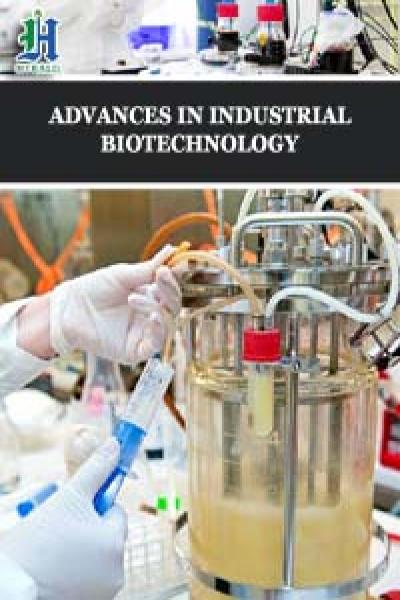
Production of Fungal Laccase from Beer Industry Waste and Its Application in Biodegradation of Pesticides
*Corresponding Author(s):
Khandelwal Sharad RatanDepartment Of Microbiology, Institute Of Life Sciences, H.P.T Arts And R.Y.K Science College, Nasik, Maharashtra, India
Tel:+91 9881121023,
Email:Sharad_khandelwal13@yahoo.com
Baviskar Jayashree Waman
Department Of Microbiology, Institute Of Life Sciences, H.P.T Arts And R.Y.K Science College, Nasik, Maharashtra, India
Tel:+91 9689410568,
Email:baviskarjayashree@gmail.com
Abstract
Persistence of xenobiotic residues in environment due to exaggerated application of pesticides in agricultural fields has disturbed the balance in ecosystem. Many bacteria and fungi have been reported to produce laccases capable of degrading toxic and structurally complex chemicals. The issue has been focused by emphasizing on the biological remediation methods using fungal enzyme as compared to non-affordable physicochemical treatments. Considering this scenario, the present work has been carried out using fungal laccase in degradation of pesticides. Laccase enzyme production was carried out using Aspergillus nidulans with substrate as spent grains. Partially purified enzyme was subjected to pesticide degradation studies. In this work, fourteen commercial grade pesticides were subjected to Aspergillus nidulans mediated degradation. Plates showing growth of Aspergillus nidulans in presence of pesticides were selected for further degradation. Nine pesticides were screened for degradation studies. Maximum Degradation was observed for Spinosad, followed by Dichlorovos, and Captra, with 52.51%, 29.78% and 24.04% degradation respectively using UV Spectrophotometeric analysis. Considerable reduction of pesticides from agricultural samples i.e. cabbage was 81.5% and for grapes was found to be 43.1%. On the basis of present findings Aspergillus nidulans strain can be exploited as a potential agent to protect the environment from hazardous pesticides and deleterious effects of the residue.
Keywords
Aspergillus nidulans; Bioremediation Laccase; Pesticides; pent grains
INTRODUCTION
Laccase is member of multimeric glycoprotein enzyme belonging to the multicopper blue oxidoreductase family. Laccases are the enzymes which are secreted out in medium extracellularly by several fungi by secondary metabolism. Laccase structure contains 4 types of copper ions [1]. The type I copper catalyses primary binding to substrate, where the O2 is activated and chemical bond is synthesized on tri nuclear copper centre and is completely reduced to water. Laccases are widely distributed enzyme in higher plants and fungi. Fungi like basidiomycetes, ascomycetes and deuteromycetes are potential producers of laccase. Among all the white rot fungi from basidiomycetes like Trametes versicolor, Aspergillus nidulans, Pleurotus ostreatus
are predominant. These fungi can utilize several compounds like poly phenols, methoxy-substituted mono phenols, aromatic amines, di phenols, benzene triazole etc for laccase synthesis. It includes guaiacol, syringaldazine, vanillin, catechol, α naphthol [2].
Citation: Ratan KS, Waman BJ, Bomblay KM, Maind MS (2020) Production of Fungal Laccase from Beer Industry Waste and Its Application in Biodegradation of Pesticides. Adv Ind Biotechnol 3: 012.
Copyright: © 2020 Khandelwal Sharad Ratan, et al. This is an open-access article distributed under the terms of the Creative Commons Attribution License, which permits unrestricted use, distribution, and reproduction in any medium, provided the original author and source are credited.

